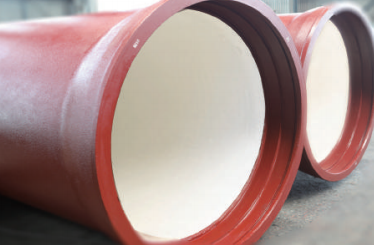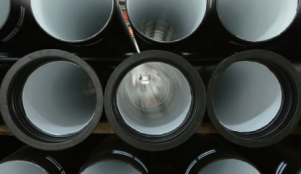News
Stay informed with the latest news and updates from Shandong Epoch Equipment Co., Ltd. We keep you updated on our achievements and progress in the field of water system solutions. Explore our latest news and discover how we are shaping the industry.
 23 2025-10
23 2025-10 What Makes Modern Sewage Pipes More Durable and Sustainable for Urban Infrastructure?
Sewage pipes are the silent backbone of every modern city, responsible for transporting wastewater from residential, commercial, and industrial zones to treatment facilities. These pipes form an essential part of the underground infrastructure that keeps urban environments hygienic and operational. Without an efficient sewage system, cities would face serious health risks, flooding, and environmental degradation.
 26 2025-09
26 2025-09 What Makes a Pipe Flange Adapter the Choice for Piping Connections?
A pipe flange adapter is a critical connector used in piping systems to join flanged equipment or pipelines with different end connections. Instead of relying on welding or threading alone, flange adapters provide a versatile interface that allows secure fastening, disassembly, and maintenance. They are commonly installed in applications where durability, leak resistance, and easy installation are required.




